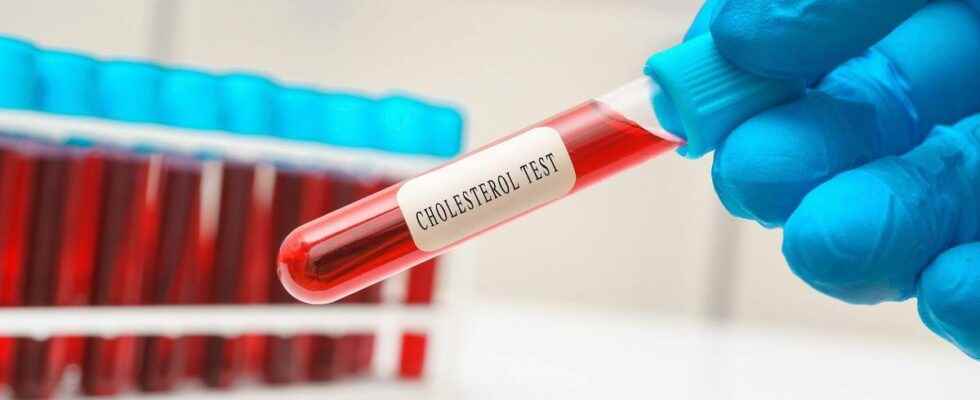Published 15 hours ago,
Reading 2 mins.
According to an American study, earlier detection of familial hypercholesterolemia would make it possible to more effectively prevent heart attacks and death.
Familial hypercholesterolemia is a disease characterized by an increase in “bad” cholesterol from birth. It is an invisible disease – which requires early detection – in order to reduce the risk of cardiovascular accidents from an early age.
Familial hypercholesterolemia: an invisible disease
It is estimated that one in 250 people in the United States may carry at least one familial hypercholesterolemia gene. Among people who have a gene for familial hypercholesterolemia, the average age for a first heart attack if the condition is not treated is 50 for men and 60 for women, while the age age of a first heart attack in the general population is 66 for men and 72 for women. A much smaller number of people can inherit two genes for familial hypercholesterolemia (one from each parent), and they have more serious complications, including much higher bad cholesterol and heart disease starting in childhood or later. ‘adolescence.
“Currently, most individuals are not diagnosed with familial hypercholesterolemia until they reach their 50s. If a young adult is identified as having familial hypercholesterolemia, they would likely benefit from earlier and more aggressive treatment to prevent heart attacks and strokes.”said the study’s lead author, Brandon K. Bellows, Pharm of Columbia University in New York.
50,000 adults tested
Screening for familial hypercholesterolemia is not standard and requires the precise collection of clinical information (cholesterol level, presence of cardiovascular disease in a close relative, etc.) and/or diagnostic genetic tests. Professor Bellows and his colleagues wanted to assess the importance of early detection through genetic testing.
In this study, they analyzed clinical information and genetic test results from around 50,000 adults, aged 40 to 69, based on UK Biobank data collected between 2006 and 2010.
The goal? Estimate how many people with familial hypercholesterolemia could be identified early, using genetic variants.
At the end of the examinations, the scientists found that clinical data identified 3.7 cases of familial hypercholesterolemia per 1,000 adults screened, while genetic testing identified 3.8 cases of familial hypercholesterolemia per 1,000 adults. screened. Even better, once these two means are combined, 6.6 cases of familial hypercholesterolemia per 1000 adults screened were identified.
Consult a GP online
The importance of early detection of familial hypercholesterolemia
Young people (adults aged 20 to 39) were particularly receptive to this screening. Results that confirm the intuitions of the researchers: early detection of people with risk factors for familial hypercholesterolemia is a good initiative.
“We need to do more to support screening programs for familial hypercholesterolemia. Screening for familial hypercholesterolemia should include clinical factors and genetic testing.” says Professor Bellows. “People with high cholesterol or who have a family member who had a heart attack at a young age should be genetically tested for familial hypercholesterolemia. Early diagnosis and treatment of the condition is best. ways to reduce the risk of early heart attack or stroke”.
